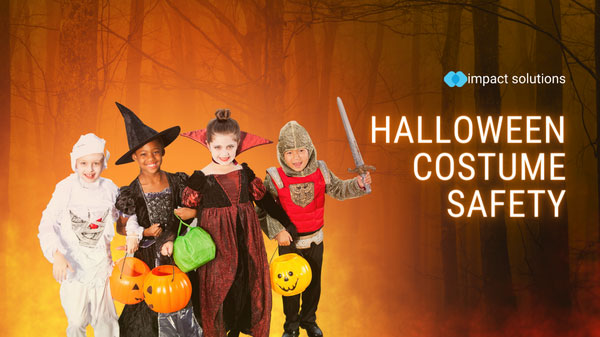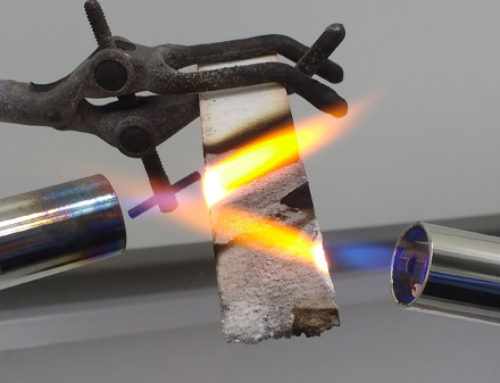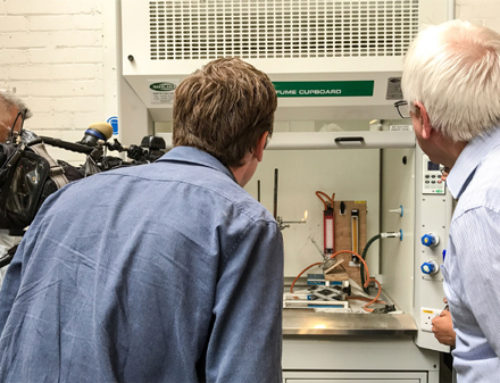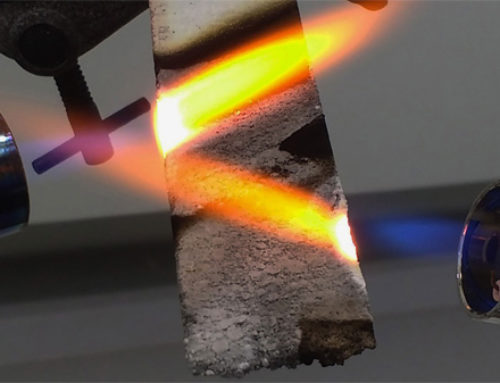Ever since Claudia Winkleman’s daughter got severely burned when her Halloween costume caught fire after brushing past a candle whilst trick or treating, there has been a wariness around Halloween costume safety and the flammability. A flammable fabric propagates a flame, meaning it continues to burn after the initial ignited flame has been removed.
The low flammability restrictions for Halloween costumes stem from BS EN 71-2, a standard designed for toys, not clothing. This prompted the BRC to introduce Codes of Practice for costume safety in 2014, influencing proposed revisions to EN 71-2 integrated into EN71-2:2020.
Criticism persists regarding British Regulations for flammability testing of Halloween costumes. The critique arises from the fact that BS EN 71-2 allows a maximum flame propagation rate of 30mm per second, a concern when applied to clothing.
A way to check whether or not a product really is safe is to additionally test it to the standards for the British Retail Consortium, meaning that at maximum, flames can spread at 10mm per second. Which? Tested varying Halloween outfits to see whether or not they met the bare minimum requirements and the additional testing requirements.
Of the 20 outfits that were tested, 2 failed the standards to pass the EU safety standard (BS EN 71-2), while 4 failed to pass to the requirements of the BRC. The outfits that failed, had to be recalled from stores.
It is important to know what requirements products have been tested to and how to keep children safe when out for a night of trick-or-treating.
Impact Solutions are capable of carrying out fire testing to a wide number of standards to determine the flammability of your product. The popular standards are listed here, but our experts are on hand to advise on bespoke testing and setup in order to replicate real world performance.
To learn more about our flammability testing, contact a member of our team today and they will happily walk you through our testing process.
Be sure to learn more about our testing by following us on LinkedIn and Twitter.





